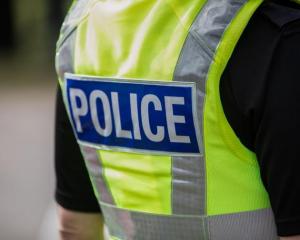
Otago mental health, intellectual disability, and addiction services medical director, psychiatrist Dr James Knight, said the move was prompted by the DHB's seemingly high rate of the treatment, although he did not believe comparing DHBs was reasonable or useful. He was confident the audit would dispel any assumptions Southern psychiatrists were "really keen" on ECT.
"Some people might assume that we're over-using it [because of publicly released figures]."
Public perception was important and he hoped the audit would be useful for interested parties.
Media coverage of the "controversy" about prescribing ketamine for mental health patients at Dunedin Hospital, might have increased the public's level of interest in the DHB's mental health service, he said.
(Use of ketamine in the hospital's acute mental health ward is being investigated by the Health and Disability Commissioner.) "We need to be able to demonstrate to the public that we're sensitive to these concerns and we take them seriously," Dr Knight said.
The review might find high rates of ECT were positive, because patients were receiving a necessary treatment. Southern DHB was shown to be effective at reaching those in need, which might push its treatment figures higher, he said.
A clinician would be appointed to lead the audit, which would start in the next few weeks. It would examine ECT use case-by-case over the past two years, and would, hopefully, become an annual process.
Demographic factors influenced rates of ECT, and Otago had a relatively large elderly population (the elderly are more likely statistically to be prescribed ECT).
Ethnicity also played a role, an example being that Maori were less likely statistically to be prescribed the treatment.
Figures suggested Otago's rates were tracking down over time, anyway, he said.
Dr Knight took issue with Ministry of Health data released this month indicating Otago had New Zealand's highest ECT rate per head of population in 2009-10.
Otago carried out Southland's ECT treatments, but the statistics did not include Southland's population figure, he explained.
Figuring in Southland's population still had "Otago" as the country's second highest performer of ECT (nine clients per 100,000 people), behind Waikato.
Comparing DHBs was not recommended by the Ministry of Health as it was highly misleading, he said.
ECT is a therapeutic procedure in which a brief pulse of electricity is delivered to a patient's brain to produce a seizure. It is used for depression, mania, catatonia, and other neuropsychiatric conditions (Source: Ministry of Health).












